Introduction
In the realm of culinary arts, there lies a hidden gem that transcends the boundaries of mere nourishment—a dish that harmonizes the flavors of nature with the warmth of a hearty meal. This gem is none other than Mulberry Leaf Porridge, a traditional delicacy that has been cherished for centuries across various cultures, particularly in regions where mulberry trees thrive. This porridge, with its delicate balance of earthy and sweet notes, offers not only a delightful taste experience but also a myriad of health benefits attributed to the nutritional properties of mulberry leaves.
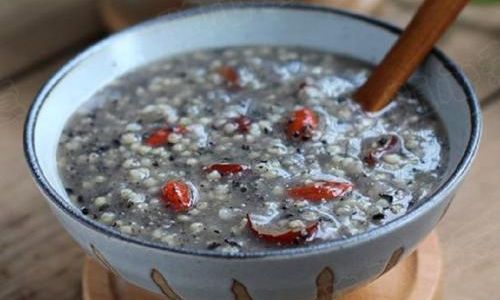
Mulberry leaves, known scientifically as Morus alba, have been revered in traditional medicine for their ability to support digestion, enhance liver function, and even promote hair growth and skin health. Incorporating these leaves into a porridge transforms them into a nutritious and soothing meal that is perfect for all seasons. In this article, we embark on a culinary journey to uncover the art of making Mulberry Leaf Porridge, from sourcing the freshest ingredients to perfecting the cooking process, ensuring every spoonful is a testament to the beauty of natural cuisine.
The Art of Ingredient Selection
Before diving into the recipe, it’s crucial to understand the importance of ingredient selection. The quality of mulberry leaves plays a pivotal role in determining the final flavor and nutritional value of the porridge. Ideally, you should opt for fresh, organic mulberry leaves that are free from pesticides and other contaminants. If fresh leaves are unavailable, dried mulberry leaves can serve as a viable alternative, though they may require additional soaking to soften.
When choosing the rice for your porridge, consider using a variety that holds its shape well during cooking, such as short-grain rice or japonica rice. These types of rice produce a creamy consistency that complements the earthy taste of mulberry leaves. Additionally, you may wish to incorporate other ingredients to enhance the dish’s nutritional profile and flavor, such as nuts, seeds, honey, or a splash of coconut milk for a tropical twist.
Preparing the Mulberry Leaves
Once you’ve sourced your ingredients, the next step involves preparing the mulberry leaves. Begin by rinsing them thoroughly under cold running water to remove any dirt or debris. If using dried leaves, soak them in water for about 30 minutes to an hour until they soften. After cleaning, pat the leaves dry using a clean kitchen towel or paper towels.
To extract the maximum flavor and nutrients from the mulberry leaves, you can either blend them into a fine paste or steep them in hot water to create a tea. Blending the leaves ensures a more intense flavor infusion, while steeping allows for a subtler, more aromatic experience. If blending, use just enough water to facilitate the process and strain out any large fiber pieces. For steeping, simmer the leaves in water for about 10-15 minutes, then strain and reserve the liquid.
Cooking the Porridge Base
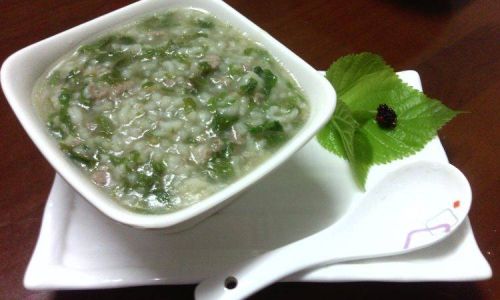
With the mulberry leaf preparation complete, it’s time to focus on the porridge base. Begin by rinsing your chosen rice under cold water until the water runs clear. This step removes excess starch, preventing the porridge from becoming too gluey. Place the rinsed rice in a heavy-bottomed pot or rice cooker, adding water in a ratio of approximately 1 part rice to 4 parts water (adjust based on your preferred porridge consistency).
If you’ve opted to use mulberry leaf tea, pour this tea over the rice instead of plain water. The tea will infuse the rice with the essence of mulberry, enhancing both flavor and health benefits. If using a mulberry leaf paste, add it directly to the rice and water mixture, stirring well to ensure an even distribution.
Now, it’s time to cook the porridge. If using a stovetop, bring the mixture to a boil over medium-high heat, stirring occasionally to prevent sticking. Once boiling, reduce the heat to low, cover, and simmer for about 20-25 minutes or until the rice is tender and the liquid has been absorbed, creating a creamy consistency. If using a rice cooker, simply follow the manufacturer’s instructions, adding the mulberry leaf tea or paste as directed.
Adding Final Touches
As the porridge nears completion, it’s time to add the finishing touches that will elevate this dish from good to extraordinary. Consider incorporating ingredients that complement the natural sweetness and earthiness of mulberry leaves. For instance, a drizzle of honey or maple syrup can add a touch of sweetness, while a sprinkle of toasted sesame seeds or chopped nuts can provide texture and additional nutrients.
For a tropical flair, stir in a splash of coconut milk during the final minutes of cooking. The creamy richness of coconut milk will blend seamlessly with the porridge, creating a luxurious mouthfeel. If you prefer a vegan option, coconut cream or almond milk can serve as suitable substitutes.
Serving and Enjoying
Once the porridge is cooked to perfection, remove it from the heat and let it sit for a few minutes to allow the flavors to meld together. Serve the Mulberry Leaf Porridge warm, garnished with a few fresh mulberry fruits (if in season) or a sprig of mint for an added burst of freshness. For a more indulgent treat, top with a scoop of vanilla ice cream or a dollop of whipped coconut cream.
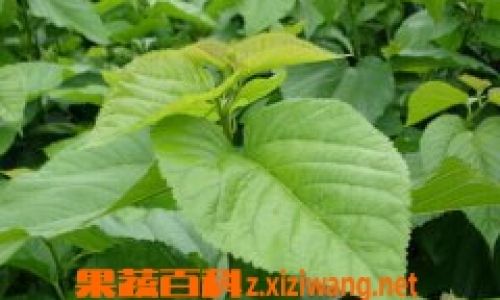
As you take your first bite, savor the harmonious blend of flavors—the creamy richness of the rice, the subtle sweetness of the mulberry leaves, and the added nuances from your chosen toppings. This porridge is not just a meal; it’s a celebration of nature’s bounty, a testament to the art of culinary creation, and a reminder of the profound impact that simple, wholesome ingredients can have on our well-being.
Exploring Cultural Variations
Mulberry Leaf Porridge, while perhaps lesser-known in some parts of the world, holds a special place in the culinary traditions of regions where mulberry trees are abundant. In China, for instance, mulberry leaves have been used in traditional medicine and cooking for centuries, often paired with rice to create nourishing dishes. Similarly, in Japan, where mulberry trees are cultivated for their silk-producing caterpillars, the leaves have found their way into various culinary preparations, including porridges and teas.
As you explore the world of Mulberry Leaf Porridge, consider adapting the recipe to suit your personal preferences and cultural background. Experiment with different spices, herbs, and toppings to create unique flavor profiles that resonate with your taste buds. Whether you’re looking to enhance your daily diet with nutrient-dense foods or simply seeking a comforting, hearty meal, this porridge offers a delightful and healthy option that is sure to become a staple in your kitchen.
Conclusion
In conclusion, Mulberry Leaf Porridge is a culinary gem that combines the simplicity of natural ingredients with the sophistication of flavorful harmony. By meticulously selecting and preparing your ingredients, carefully cooking the porridge base, and adding thoughtful finishing touches, you can create a dish that is not only nutritious but also a delight for the senses. As you embark on your culinary journey with this recipe, remember that the true essence of cooking lies in the art of balance—balancing flavors, textures, and nutrients to create something truly extraordinary.
So, the next time you find yourself wandering through a mulberry tree-lined path, pause for a moment and consider the culinary possibilities that lie within those humble leaves. With a bit of creativity and a love for good food, you can transform these leaves into a meal that nourishes your body, satisfies your soul, and connects you to the rich tapestry of culinary traditions that have been handed down through generations. Happy cooking!
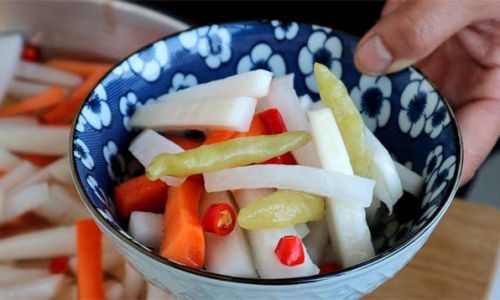
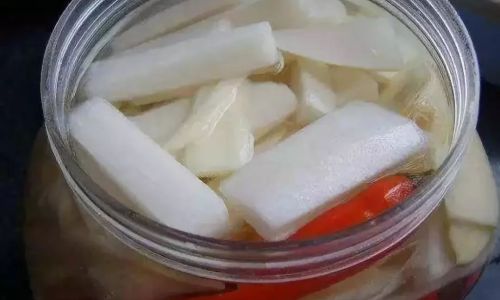
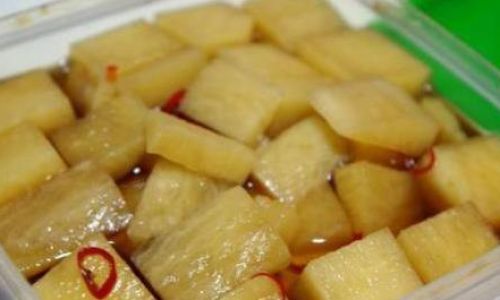

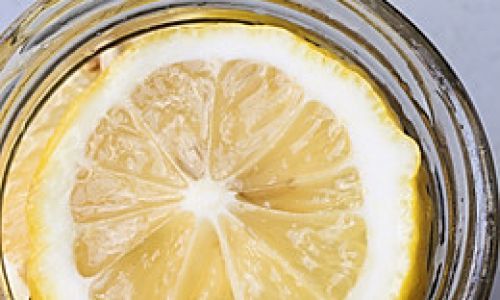
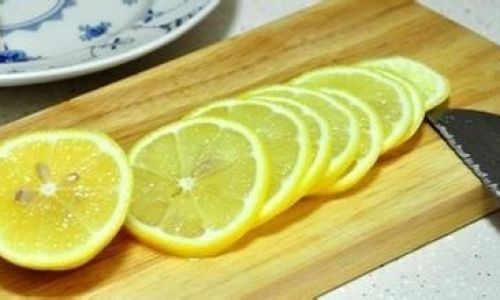
0 comments